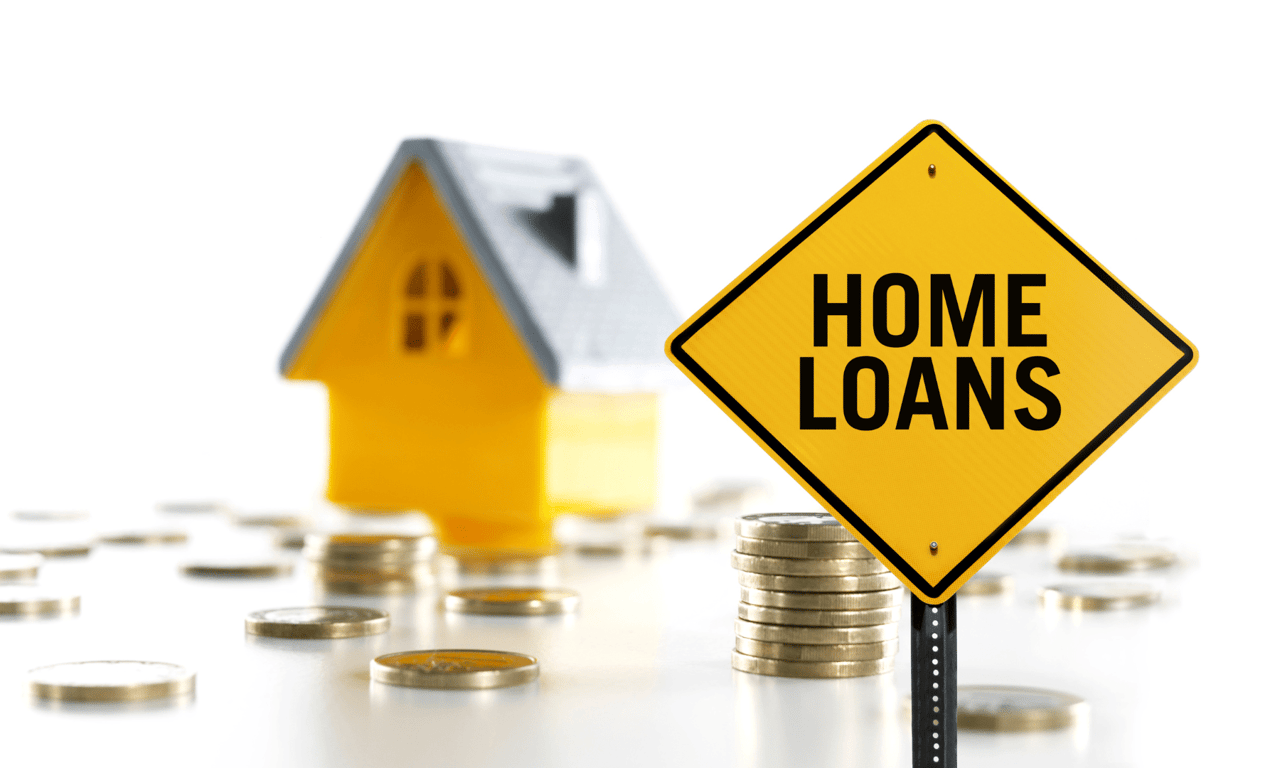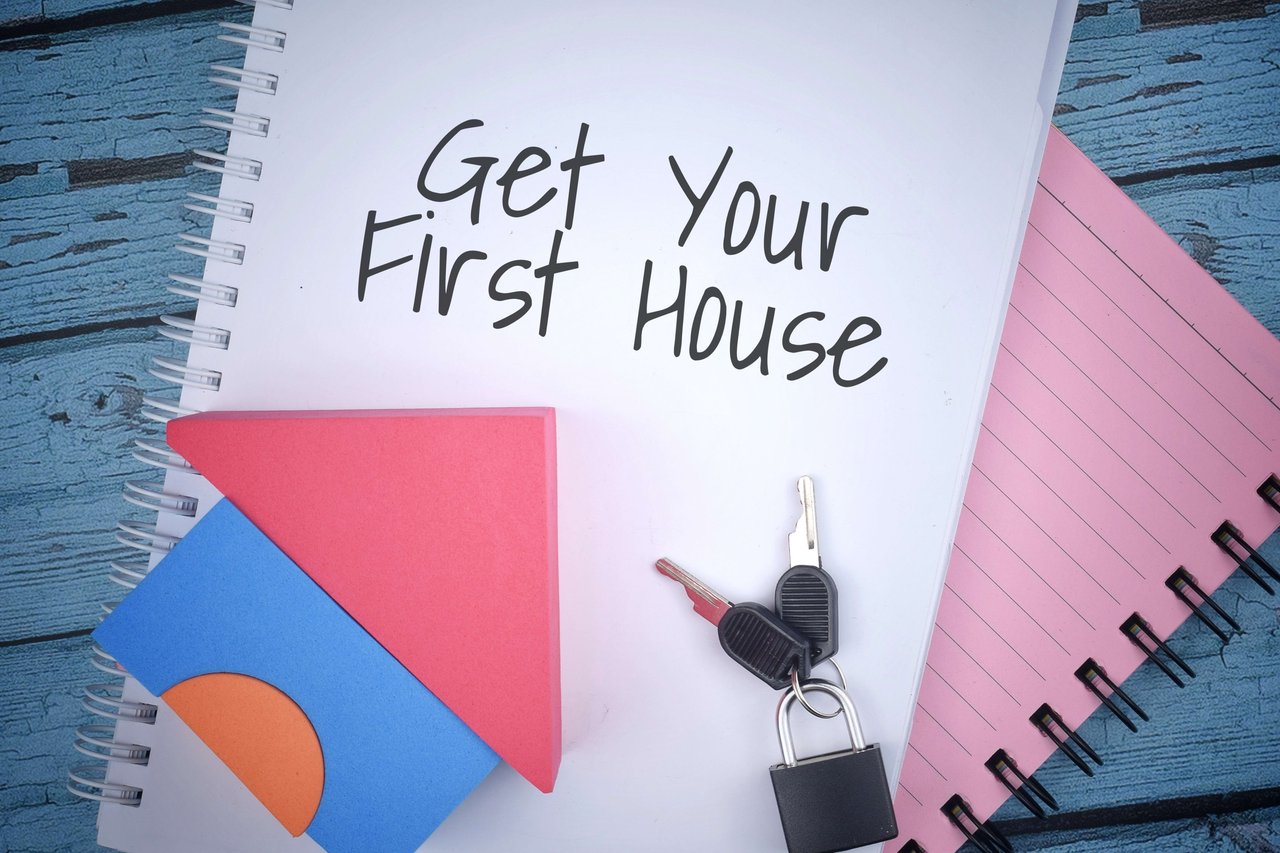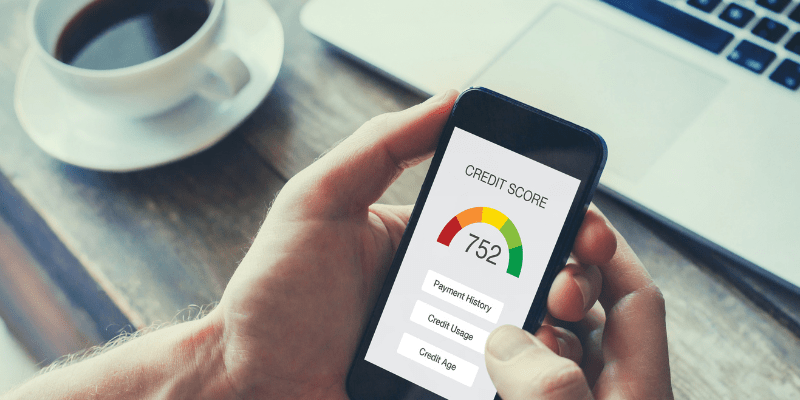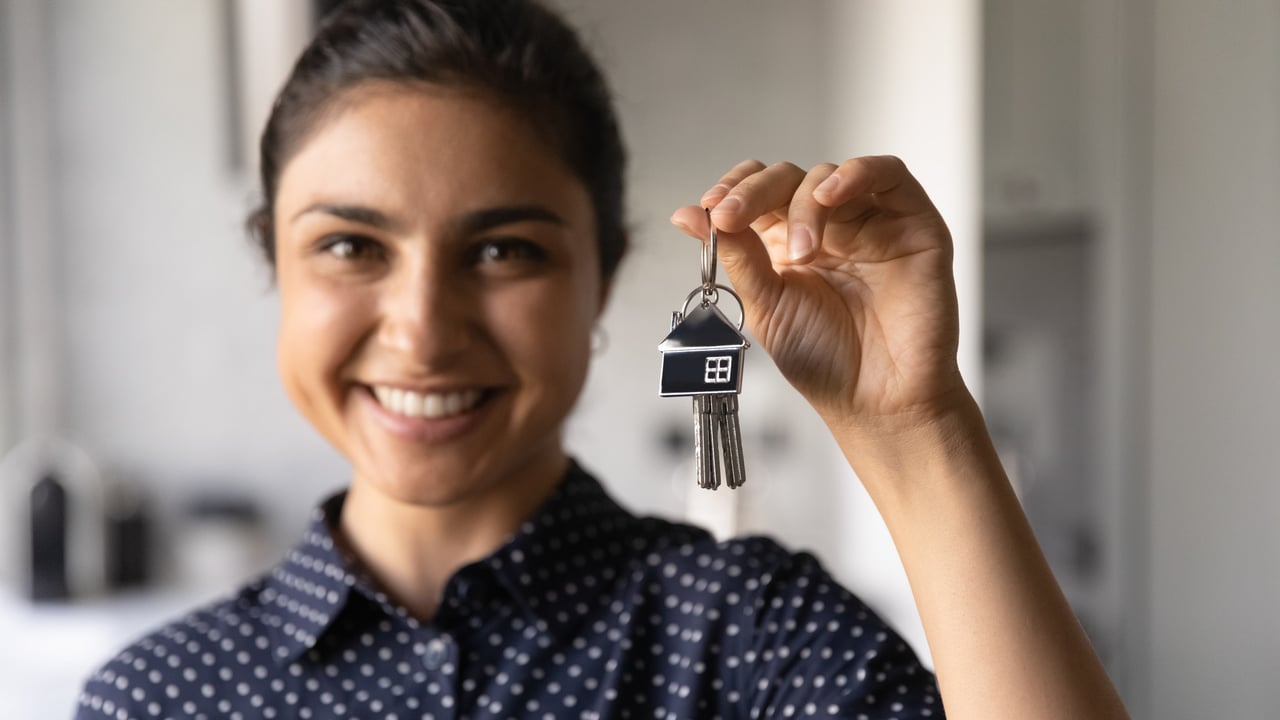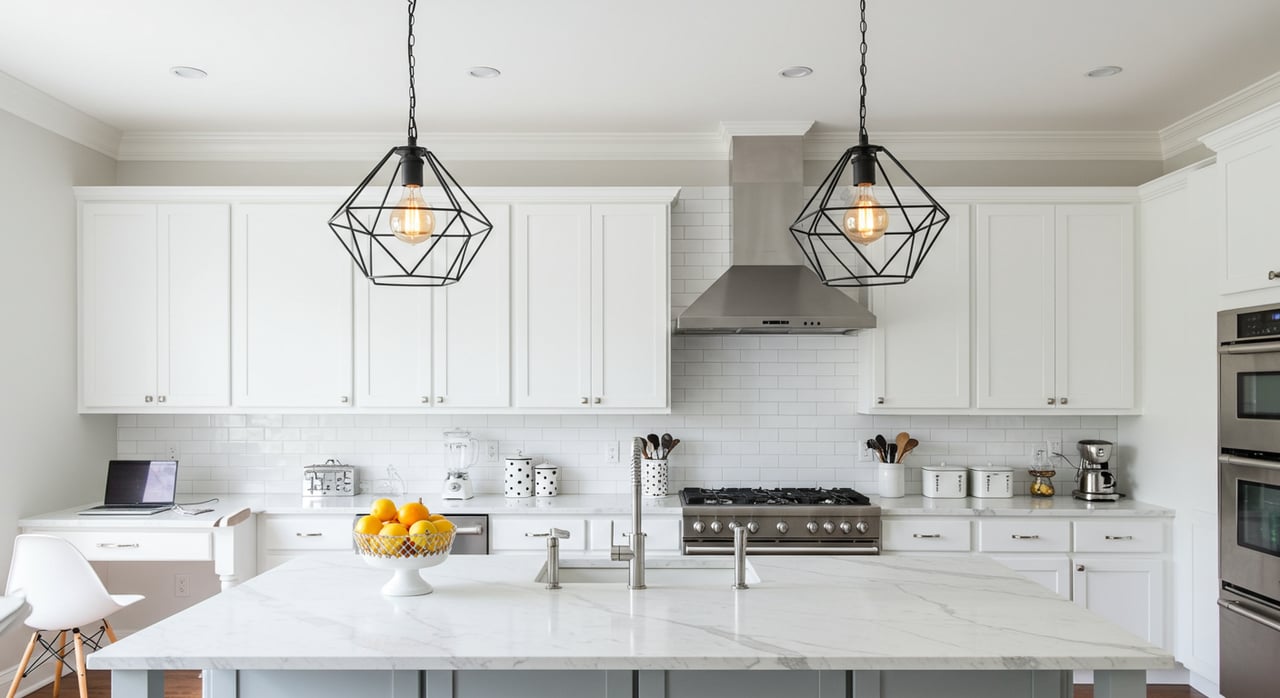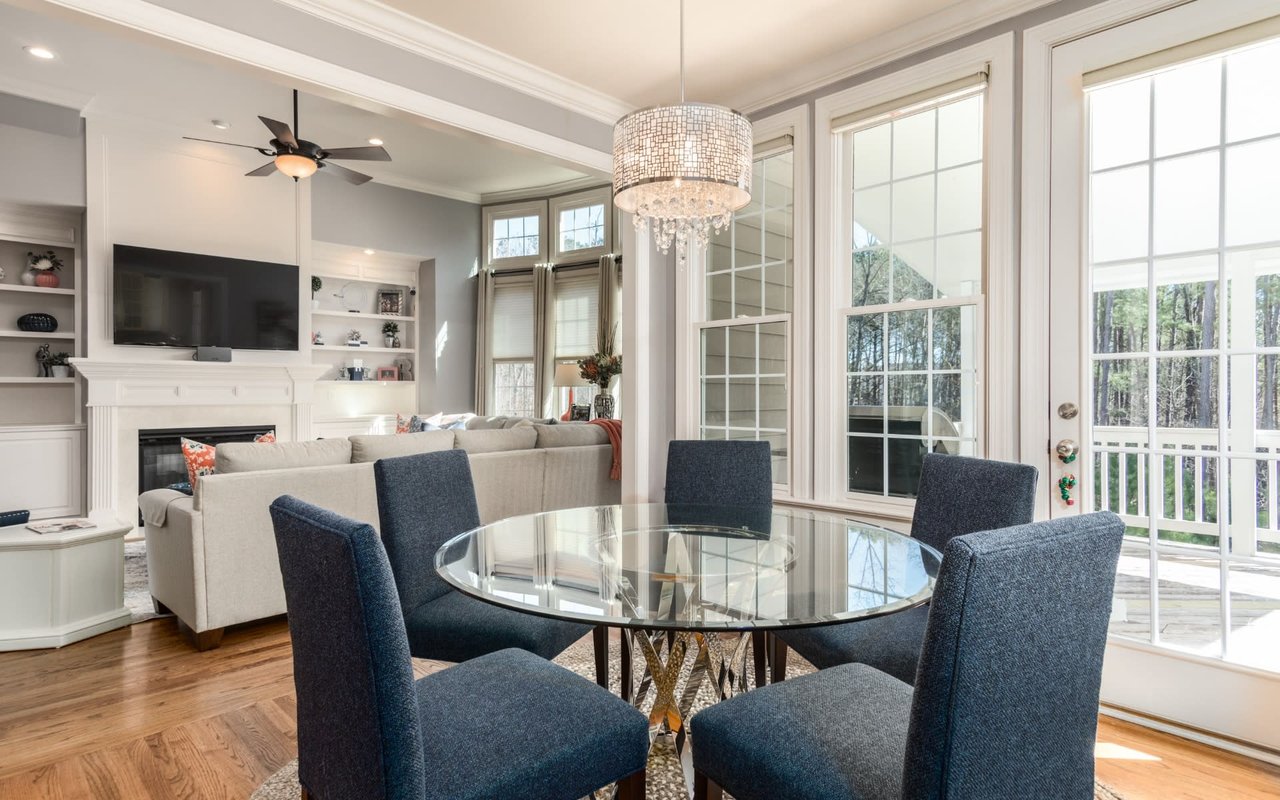Understanding mortgage interest rates
When you're looking to buy a home, one of the most important factors to consider is the mortgage interest rate. This is the percentage that you'll pay annually on your loan, and it can have a significant impact on your monthly payments and overall financial stability. But how do lenders determine these rates, and what factors can influence them?
Mortgage interest rates are determined by a variety of factors, including the overall state of the economy, inflation rates, and the supply and demand for housing. Lenders also take into account the credit score and financial history of the borrower, as well as the size of the down payment and the length of the loan.
When considering the impact of current interest rates on your home purchase it's important to take the time to calculate the impact over the life of the loan as well as on your monthly payment.
Benefits of buying down mortgage interest rates
One way to reduce the cost of your mortgage is to buy down the interest rate. This involves paying additional points upfront to lower your interest rate over the life of the loan. While this may require a larger upfront payment, it can lead to significant savings over time.
The benefits of buying down mortgage interest rates include lower monthly payments, reduced total interest paid over the life of the loan, and the ability to build equity faster. By lowering your interest rate, you can also increase your purchasing power and potentially qualify for a larger loan.
It's important to note that the benefits of buying down mortgage interest rates may vary depending on your individual circumstances. For some borrowers, the upfront cost may be too high to justify the long-term savings. You'll need to weigh the potential benefits against the upfront cost to determine if this strategy is right for you.
Step-by-step guide to buying down mortgage interest rates
If you're interested in buying down your mortgage interest rate, here's a step-by-step guide to help you get started:
-
Determine your current interest rate and compare it to current market rates. This will help you determine how much you can potentially save by buying down your rate.
-
Calculate the cost of buying down your interest rate. This will typically involve paying additional points upfront, which are calculated as a percentage of the loan amount. For example, one point is equal to 1% of the loan amount.
-
Determine your breakeven point. This is the point at which the upfront cost of buying down your interest rate is equal to the long-term savings. You can use an online calculator or work with a mortgage professional to determine this.
-
Decide if buying down your interest rate is worth the upfront cost. This will depend on your individual financial situation and goals.
-
Work with a mortgage professional to finalize the details of your mortgage and ensure a smooth closing process.
By following these steps, you can successfully buy down your mortgage interest rate and start saving money over the life of your loan.
Calculating the savings of buying down mortgage interest rates
To determine the potential savings of buying down your mortgage interest rate, you'll need to calculate the total interest paid over the life of the loan. This can be done using an online calculator or a spreadsheet.
For example, let's say you have a 30-year fixed-rate mortgage of $200,000 with an interest rate of 4%. By buying down the interest rate to 3.5%, you'll pay an additional 1 point upfront, or $2,000. This will result in a monthly payment of $898.09, compared to $954.83 at the original rate.
Over the life of the loan, you'll pay a total of $143,739.01 in interest at the original rate, compared to $123,312.94 at the lower rate. This results in a total savings of $20,426.07 over 30 years.
It's important to note that this is just an example, and your individual savings may vary depending on the size of your loan, interest rate, and other factors.
Risks and drawbacks of buying down mortgage interest rates
While buying down your mortgage interest rate can lead to significant savings, there are also risks and drawbacks to consider. These include:
-
Higher upfront costs: Buying down your interest rate typically requires paying additional points upfront, which can add to the overall cost of purchasing a home.
-
Potential for lost savings: If you sell or refinance your home before reaching the breakeven point, you may not realize the long-term savings of buying down your interest rate.
-
Opportunity cost: The upfront cost of buying down your interest rate could be used for other investments or expenses, which may provide a higher return on investment.
-
Variability of market rates: If market rates decline after you've bought down your interest rate, you may miss out on potential savings.
It's important to carefully consider these risks and drawbacks before deciding to buy down your mortgage interest rate.
Other ways to save on mortgage interest rates
Buying down your mortgage interest rate is just one way to save on the overall cost of your mortgage. Here are some other strategies to consider:
-
Improve your credit score: Lenders typically offer lower interest rates to borrowers with higher credit scores. By improving your credit score, you may be able to qualify for a lower interest rate.
-
Make a larger down payment: The size of your down payment can also impact your interest rate. By making a larger down payment, you may be able to qualify for a lower rate.
-
Choose a shorter loan term: Shorter loan terms typically come with lower interest rates, as lenders assume less risk. While this may result in higher monthly payments, it can lead to significant long-term savings.
-
Refinance your mortgage: If market rates have declined since you purchased your home, you may be able to refinance your mortgage at a lower interest rate.
By exploring these strategies, you may be able to save on the overall cost of your mortgage and achieve your financial goals.
Tips for negotiating mortgage interest rates with lenders
When shopping for a mortgage, it's important to negotiate with lenders to get the best possible interest rate. Here are some tips to help you negotiate effectively:
-
Shop around: Get quotes from multiple lenders to compare rates and terms. This will give you leverage when negotiating with each lender.
-
Use your credit score to your advantage: If you have a high credit score, use this as leverage to negotiate a lower interest rate.
-
Be prepared to walk away: If a lender is not willing to negotiate or provide competitive rates, be prepared to take your business elsewhere.
-
Consider working with a mortgage broker: A mortgage broker can help you shop around and negotiate with lenders on your behalf.
By following these tips, you can increase your chances of securing a competitive interest rate and saving money over the life of your loan.
Common misconceptions about buying down mortgage interest rates
There are several common misconceptions about buying down mortgage interest rates. Here are a few to be aware of:
-
Buying down your interest rate is always the best choice: While buying down your interest rate can lead to significant savings, it may not always be the best choice depending on your individual financial situation and goals.
-
You can only buy down your interest rate at closing: While buying down your interest rate typically involves paying points upfront, you may be able to negotiate a lower rate after closing by making additional payments towards your principal.
-
The breakeven point doesn't matter: The breakeven point is an important consideration when buying down your interest rate, as it determines the point at which the upfront cost is equal to the long-term savings.
By understanding these misconceptions, you can make an informed decision about buying down your mortgage interest rate.
Conclusion: Is buying down mortgage interest rates the right choice for you?
Buying down your mortgage interest rate can lead to significant savings over the life of your loan. However, it's important to carefully consider the upfront cost and potential risks before deciding if this strategy is right for you.
By understanding the basics of mortgage interest rates, calculating potential savings, and exploring other ways to save on your mortgage, you can make an informed decision about your financial future.
Remember to shop around, negotiate effectively, and work with a mortgage professional to ensure a smooth and successful home buying experience. With the right strategy and approach, you can maximize your savings and secure your financial future.
Finally, turn to a real estate expert, like Jesse Dougherty, for introductions to lenders and creating the right real estate strategies for your individual circumstances.
